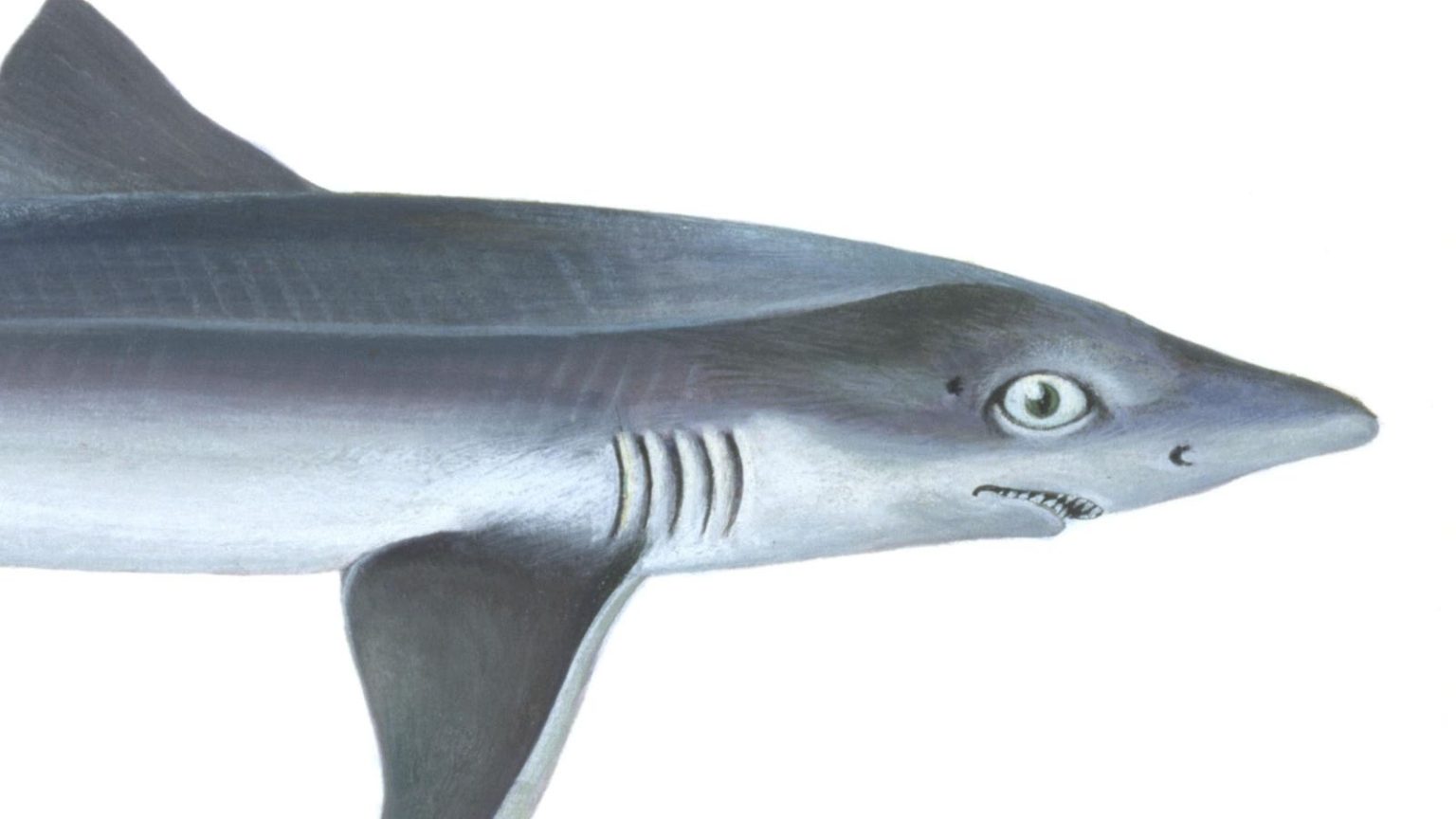Fish, as a diverse group, have evolved various strategies to thrive in their underwater realms. One of the most intriguing and remarkable adaptations seen in large-bodied fish is regional endothermy—a biological phenomenon that allows certain species to maintain elevated temperatures in specific tissues, even in the face of frigid waters. This fascinating example of convergent evolution has captivated the scientific community and unveiled a host of questions about its origins, implications, and potential consequences for the world’s oceans.
While nearly all fish species are ectotherms, meaning their internal body temperature is regulated by the surrounding environment, a select group of apex predators have evolved specialized traits that set them apart. These traits, including centralized red muscle, compact myocardium of the ventricle, and counter-current vascular heat exchangers, enable them to keep key tissues warmer than the ambient water. This regional endothermy has opened doors to various advantages, including faster cruising speeds, longer migration distances, enhanced visual perception, niche expansion, and rapid digestion rates, among others. These “warm-blooded” fish have managed to defy the natural convective and conductive avenues of heat transfer, which would otherwise dissipate their heat into the surrounding water. What’s even more astonishing is that these fish circulate all their blood through the gills, where it comes into close contact with the cold water, making this feat even more impressive.
In sharks, regional endothermy has found its home primarily in the Lamniformes order. Among the 15 extant species in this order, regional endothermy is predominantly found in six species, marked by centralized red muscle that remains warmer than the surrounding water. These species are the high trophic level macropredators, often seen as the “apex predators” of the ocean. The thermophysiology of the most enigmatic apex sharks, the extinct megalodon shark (Otodus megalodon), has been a topic of intense debate with some evidence suggesting it likely exhibited regional endothermy, while others argue that the high metabolic demands associated with this trait could have contributed to its extinction.
Intriguingly, recent discoveries have challenged our traditional understanding of regional endothermy in sharks. A massive filter-feeding shark, the basking shark (Cetorhinus maximus), has been revealed as the largest species to exhibit regionally endothermic features, possessing both centralized red muscle and elevated subcutaneous white muscle temperature. This discovery defies the conventional wisdom that all regionally endothermic sharks are high trophic level macropredators. This revelation also calls into question the relationship between regional endothermy and gigantism in sharks. While gigantism itself reduces the rate of heat transfer to the environment, it does not necessarily guarantee elevated body temperature in the largest shark species. Filter-feeding sharks like basking sharks, and even the filter-feeding ray Mobula tarapacana, have anatomical features consistent with red muscle endothermy.
With this in mind, the prevalence of regional endothermy in Lamniformes is now under scrutiny by marine scientists. And the recent dissection of two stranded smalltooth sand tiger shark (Odontaspis ferox) specimens showed the species has centralized red muscle (a medial to lateral band along the trunk), ‘an anatomical trait shared by all confirmed red muscle endotherm sharks examined to date’ the authors of this groundbreaking research say. An extant species with a fossil record dating back to the late Oligocene, it is also known as the ragged-tooth shark and is a lesser-known species of shark that inhabits deep ocean waters. Found in various regions around the world, including the Atlantic Ocean, Indian Ocean, and the Pacific Ocean, they are typically solitary and do not display the large group behavior seen in some other shark species. With the possibility of red muscle endothermy in the smalltooth sand tiger shark, it seems that this thermophysiology may be more widespread in the order than previously thought. This reevaluation raises questions about the evolutionary pathways to regional endothermy in Lamniformes and the role it played in their development of gigantism and filter-feeding.
The implications of these findings, the authors believe, are not limited to shark enthusiasts and marine biologists. The vulnerabilities that gigantism and regional endothermy impose on species are hot topics in conservation discussions. High whole-body energy requirements associated with these features have been debated, particularly regarding extinction risk under changing oceanic conditions. Previous studies have suggested that regional endothermy is linked to a higher extinction risk. The possible occurrence of red muscle endothermy in species with different prey specialization, like basking sharks and possibly smalltooth sand tiger sharks, challenges this notion. Filter-feeding may, in fact, be a critical adaptation that allows the persistence of gigantism, even in the face of substantial environmental changes. Explain the authors: “It is therefore possible that filter-feeding is a critical adaptation that facilitates the persistence of gigantism, even during times of large biotic and environmental change. Indeed, it has been proposed that filter-feeding confers greater resilience to gigantic species than does regional endothermy, because of the higher abundance of small plankton compared to large prey. Collectively, studies linking the appearance of regional endothermy to environmental change suggest that the evolution of regional endothermy took place during a time of low sea temperatures in the late Jurassic and early Cretaceous, which along with the subsequent evolution of gigantism, conferred sharks the ability to hunt in colder waters while avoiding competition with contemporaneous, gigantic, planktivorous bony fishes.”
While the prevalence of regional endothermy in Lamniformes is still being explored, the ongoing research holds the promise of unlocking more secrets of these remarkable apex predators and their roles in the oceans’ ecosystems.
Read the full article here





